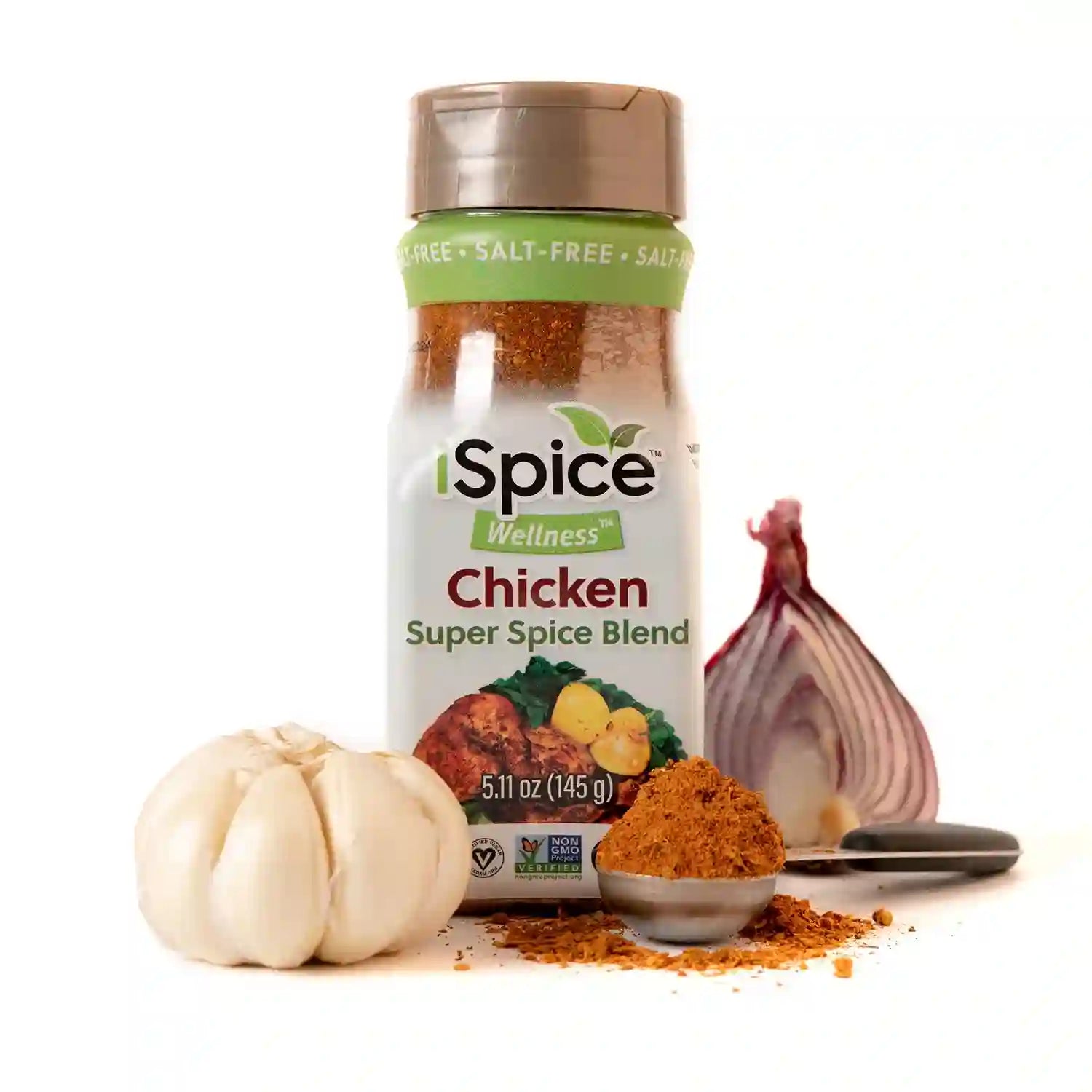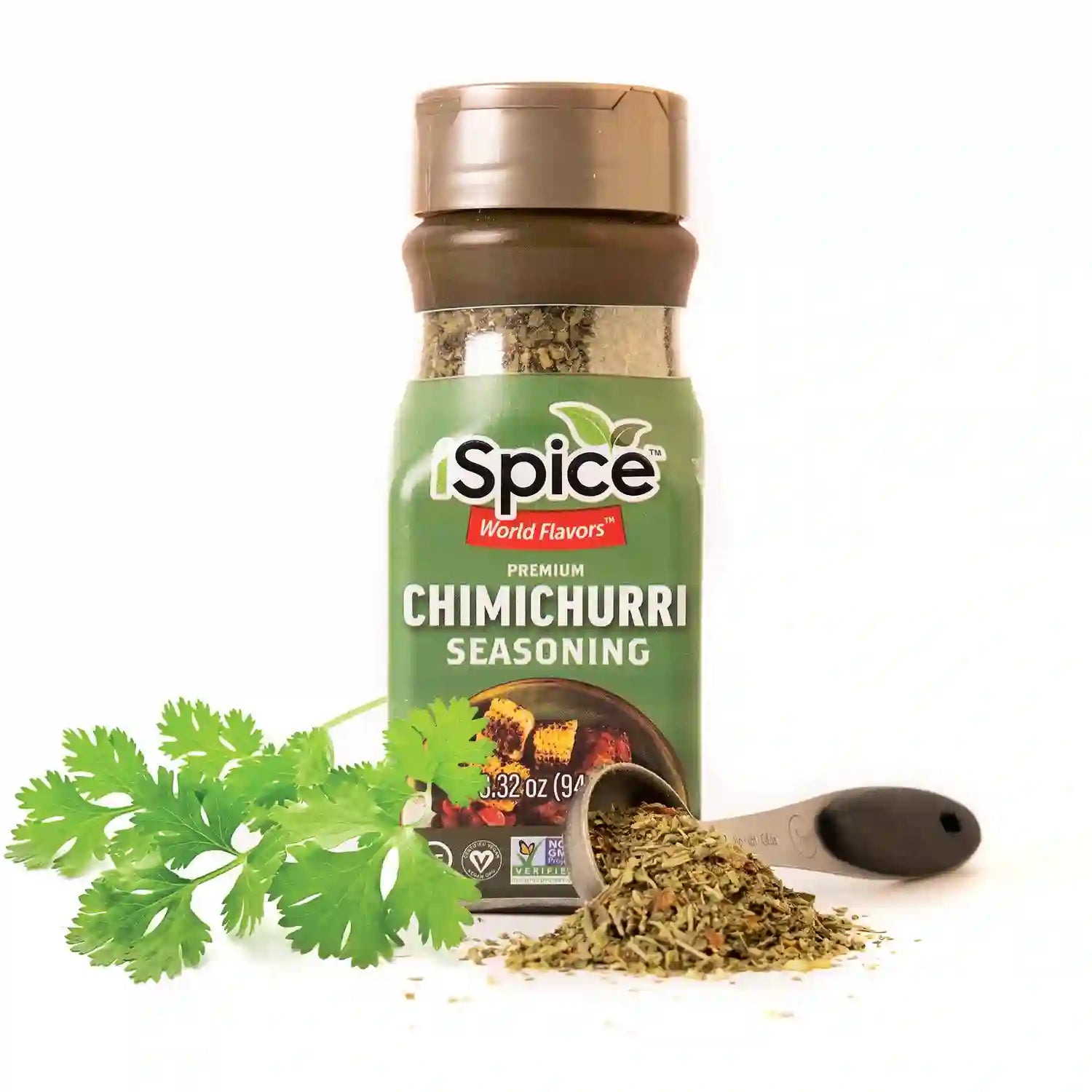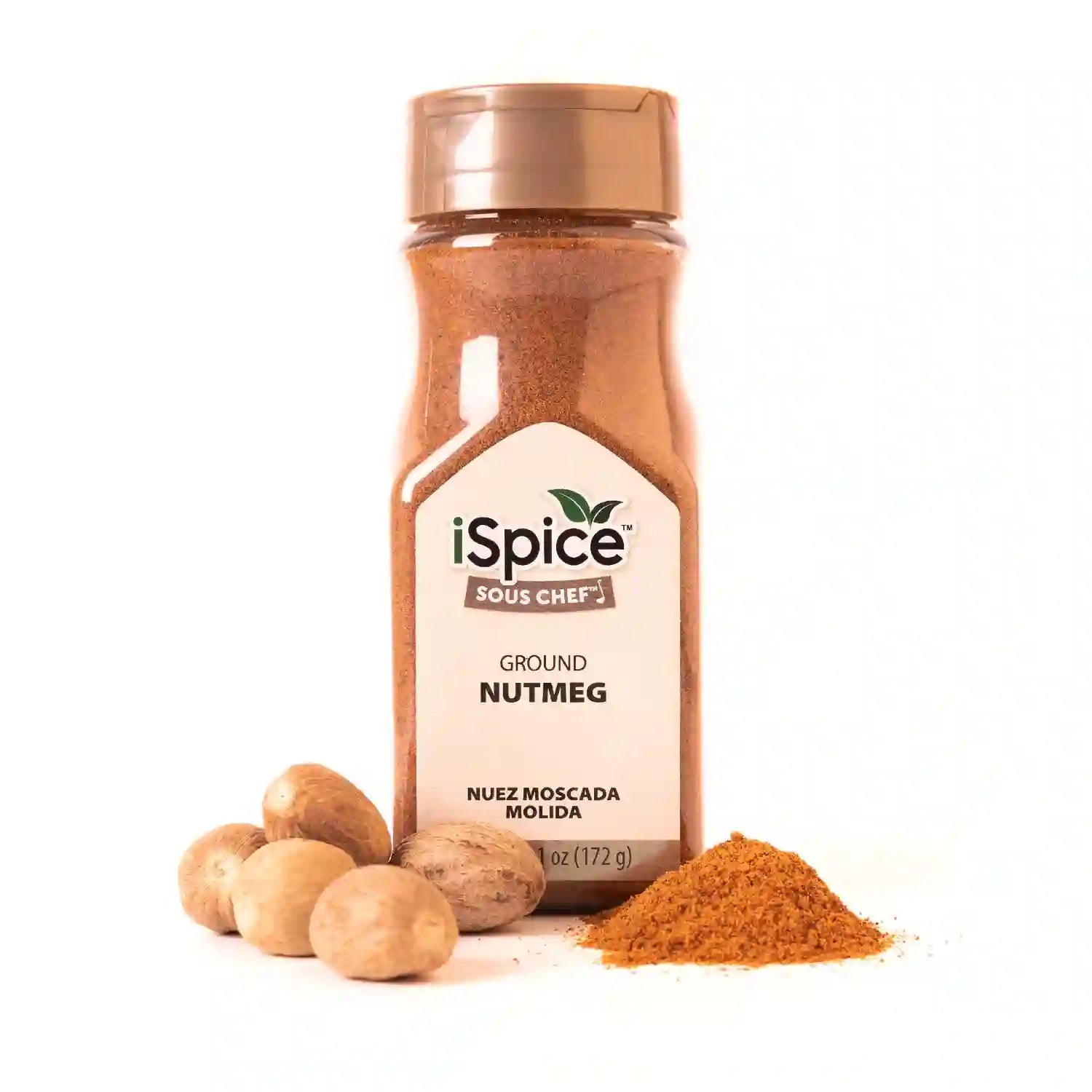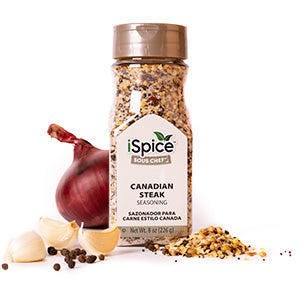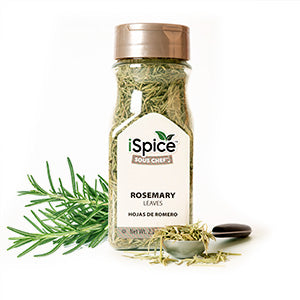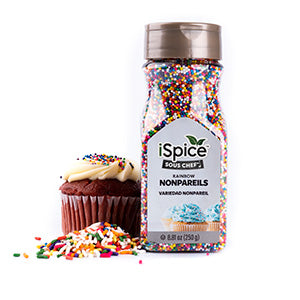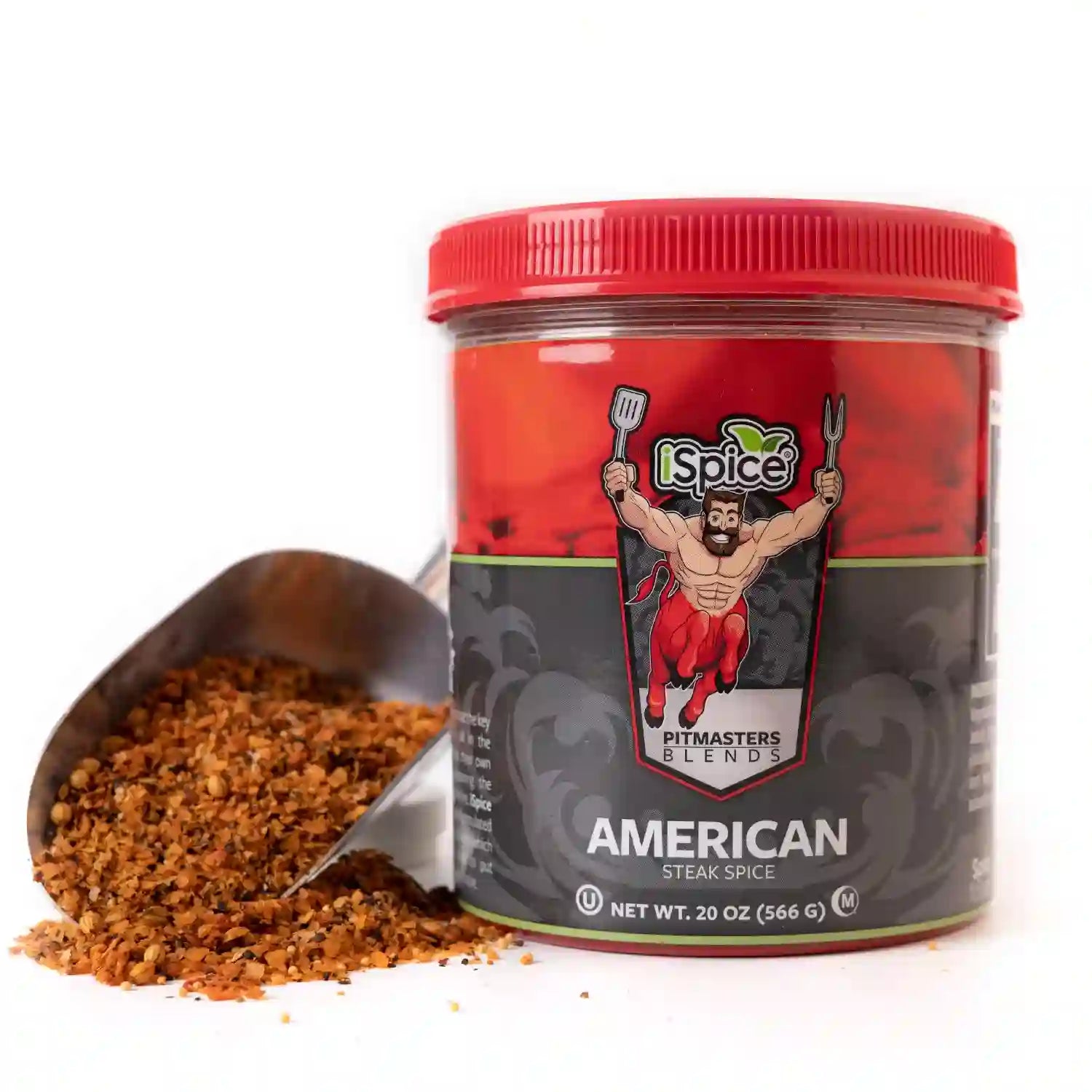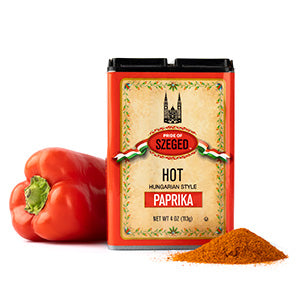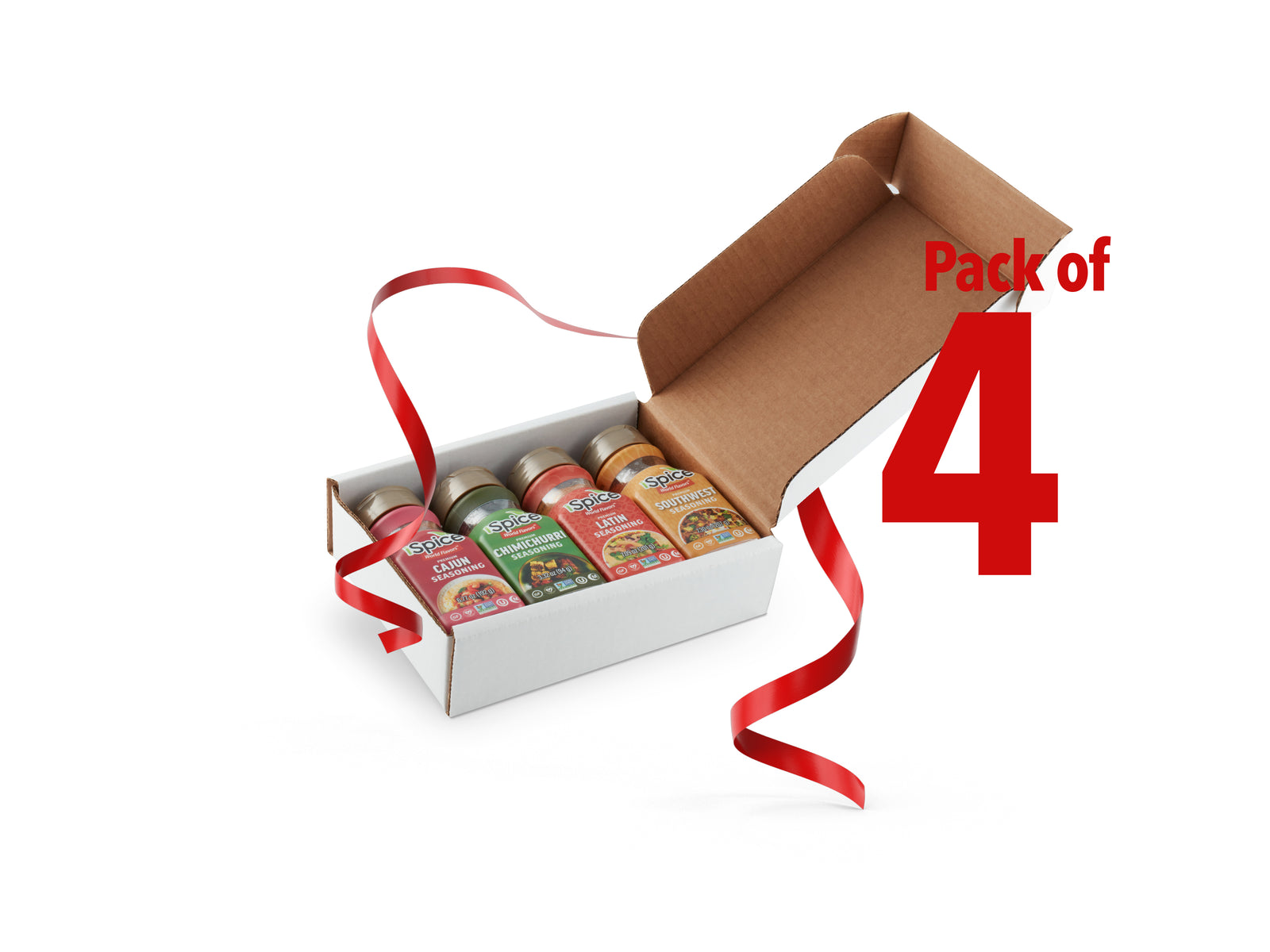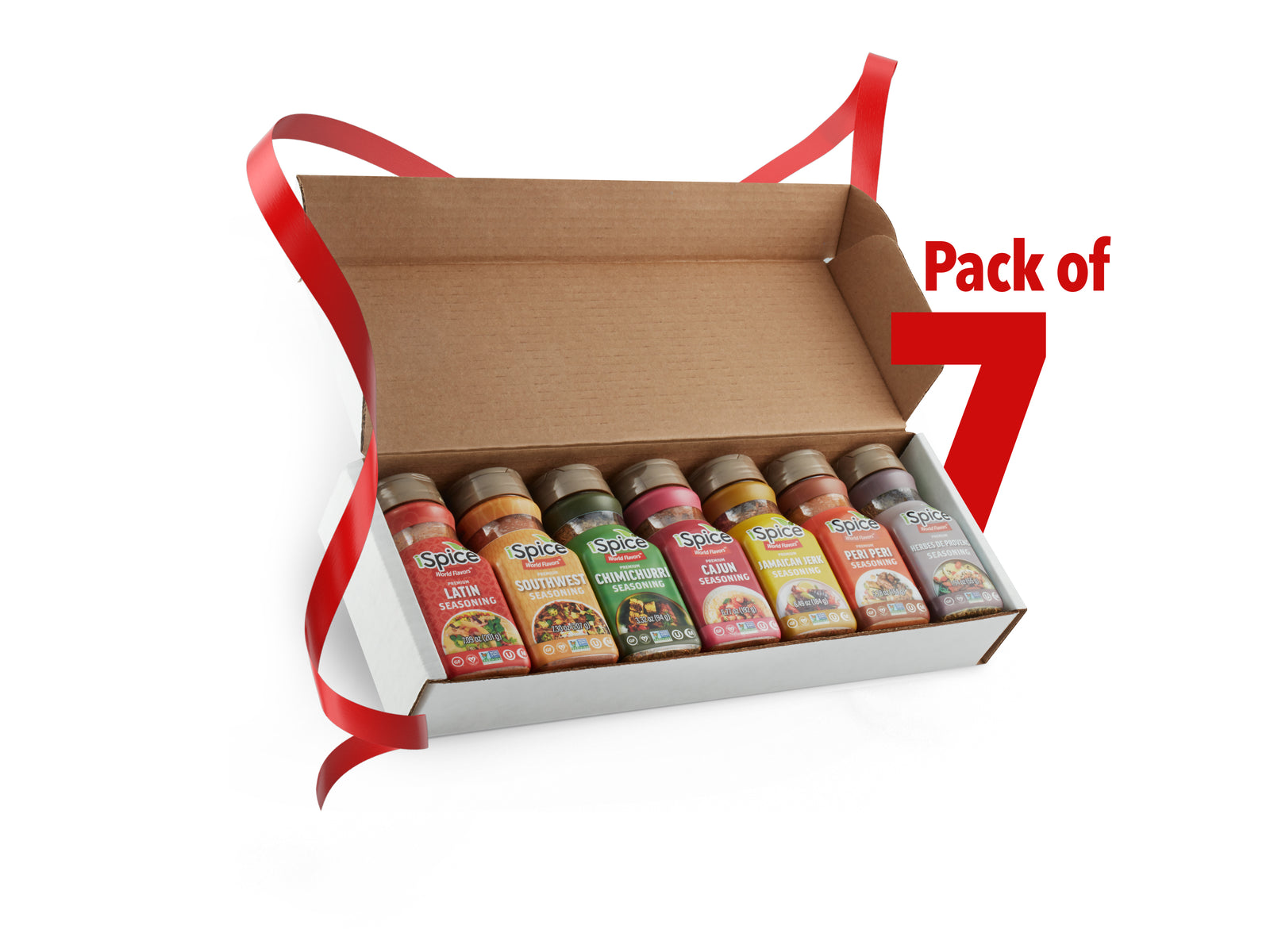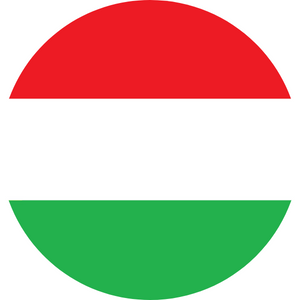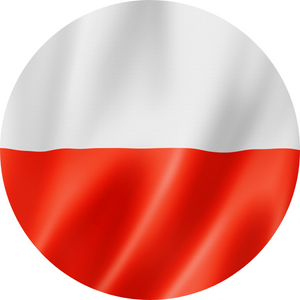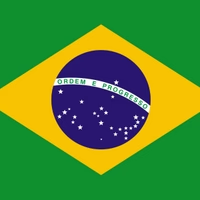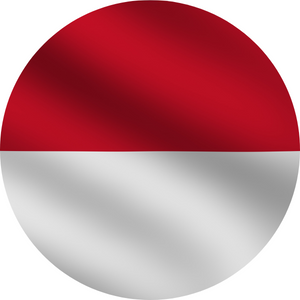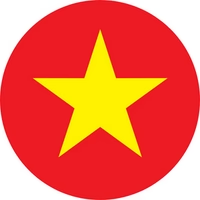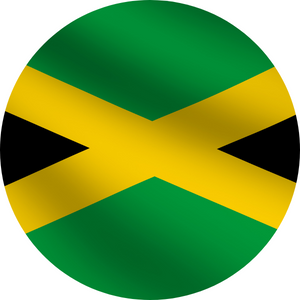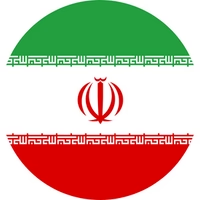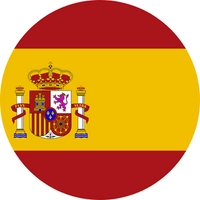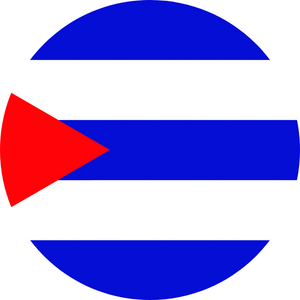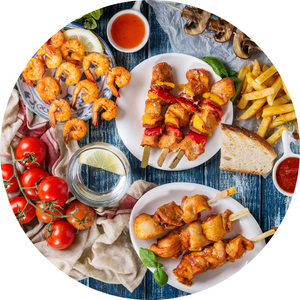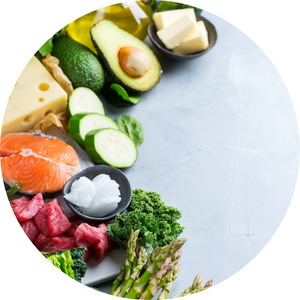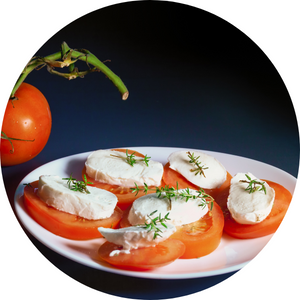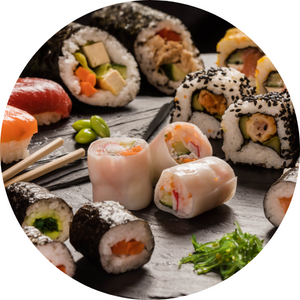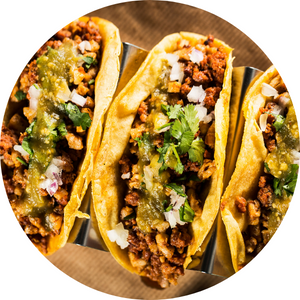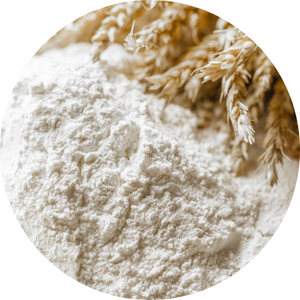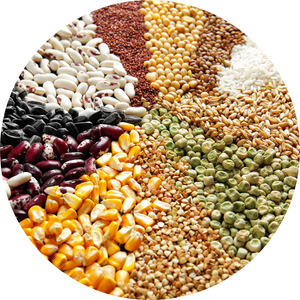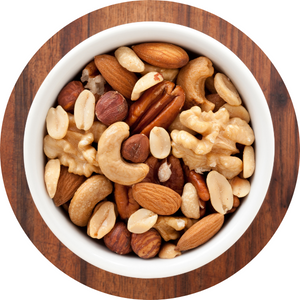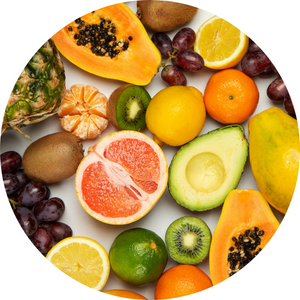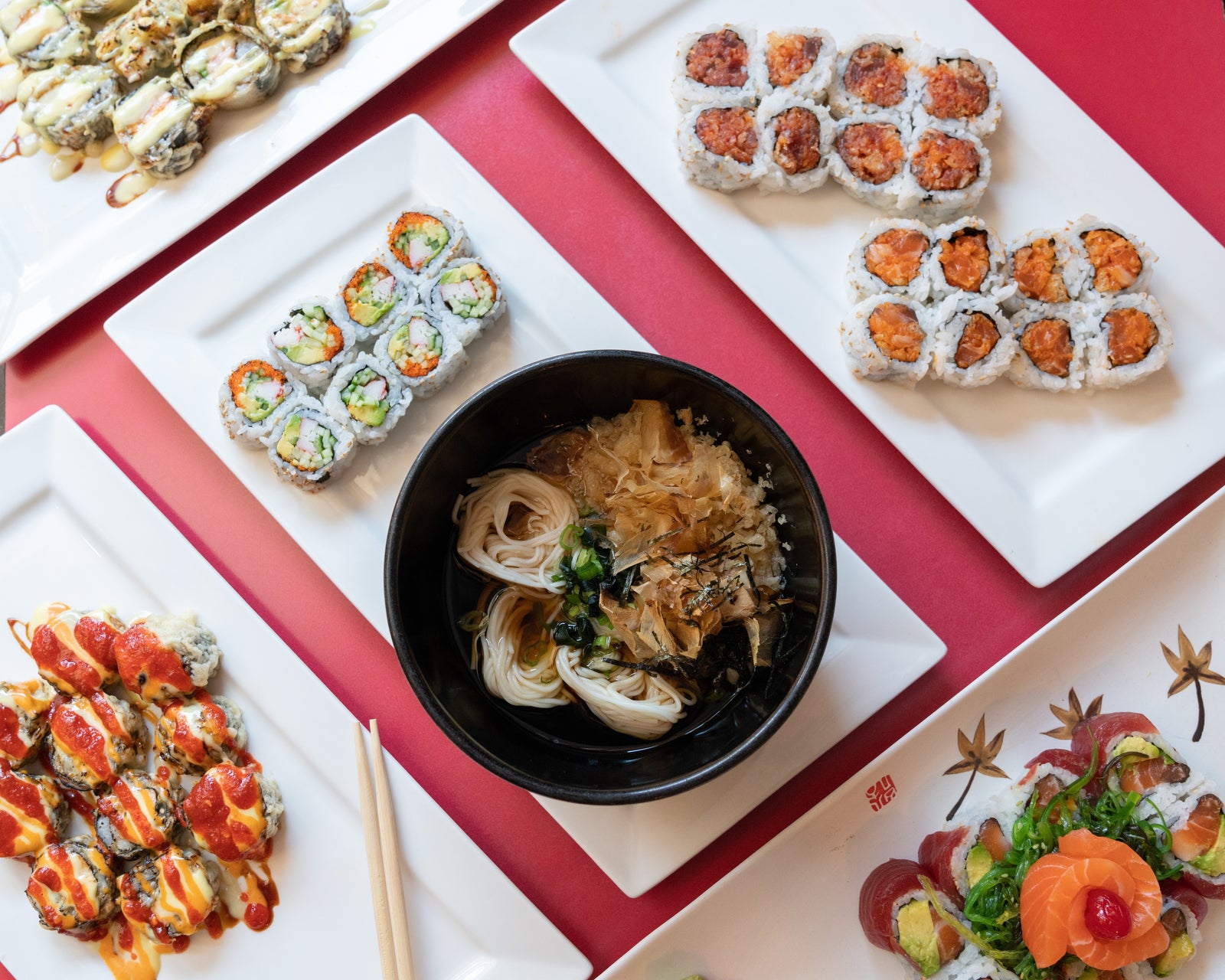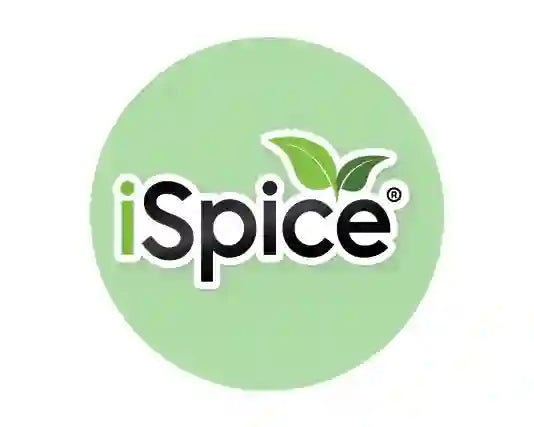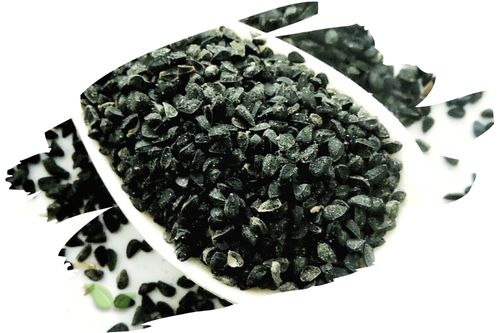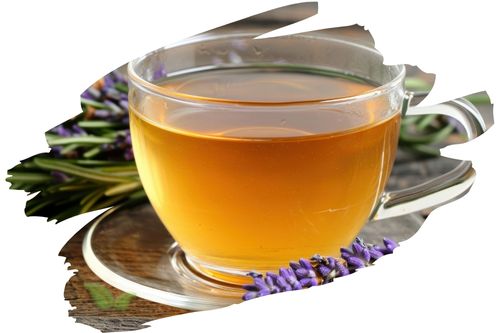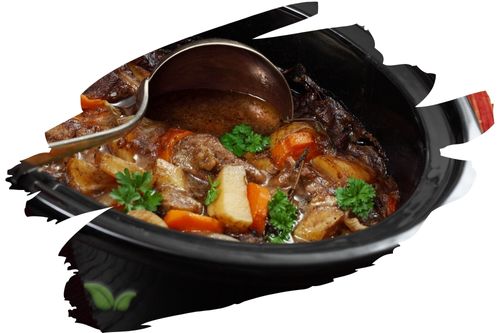
Introduction
Coriander, also known as cilantro or Chinese parsley, is a versatile herb widely used in various cuisines around the world. It adds a distinct flavor and aroma to dishes, making it a favorite among chefs and home cooks alike. With its growing popularity, understanding the top producing countries for coriander becomes crucial. In this article, we delve into the details of global coriander production, highlighting the leading nations and their production techniques. Let's explore the world of coriander and uncover the secrets behind its success.
Global Coriander Production: Top Producing Countries
Coriander production is not evenly distributed worldwide. Certain countries have excelled in cultivating coriander, establishing themselves as the top producers in the global market. Here are the leading nations known for their significant contributions to coriander production:
- India
- Russia
- Ukraine
- China
- Mexico
Let's explore each of these countries in detail and understand the factors that contribute to their success in coriander production.
India
India holds the top position when it comes to coriander production. Its vast agricultural land, suitable climate, and favorable growing conditions make it an ideal country for cultivating coriander. The regions of Rajasthan, Andhra Pradesh, and Gujarat are the major contributors to India's coriander production. Additionally, Indian farmers employ traditional cultivation methods combined with modern farming techniques, ensuring high-quality yields.
Russia
Russia stands as a significant player in the global coriander production market. The country's cool temperate climate and fertile soil provide optimal conditions for coriander cultivation. Primarily, the regions of Krasnodar, Rostov, and Stavropol Krai contribute extensively to coriander production in Russia. The use of advanced agricultural practices, including precision farming and irrigation techniques, has propelled Russia's coriander production to new heights.
Ukraine
Ukraine has emerged as a prominent coriander producer, showcasing impressive growth in recent years. The country's fertile black soil and favorable climate provide excellent conditions for coriander cultivation. Key regions such as Kharkiv, Poltava, and Sumy are renowned for their high-quality coriander crops. Ukrainian farmers employ modern farming methods and adhere to strict quality standards, ensuring their coriander meets international market demands.
China
China's vast agricultural sector plays a vital role in global coriander production. The country's diverse climate zones allow coriander cultivation in various regions. Provinces like Shandong, Henan, and Hebei are known for their significant coriander production. Chinese farmers leverage advanced agricultural technologies, such as greenhouse cultivation and precision farming, to optimize yields and maintain consistent quality.
Mexico
Mexico's favorable climate and rich agricultural lands contribute to its success in coriander production. The regions of Guanajuato, Michoacán, and Puebla are the major players in coriander cultivation within the country. Mexican farmers utilize sustainable farming practices, ensuring the production of coriander that meets international quality standards.
Frequently Asked Questions (FAQs)
- What are the ideal growing conditions for coriander?
- Coriander thrives in moderate temperatures ranging from 17°C to 27°C (63°F to 81°F). It requires well-drained soil with a pH level between 6.2 and 6.8.
- How long does it take for coriander to grow?
- Coriander typically takes around 3 to 4 weeks to reach maturity. However, you can start harvesting the leaves once the plant reaches 6 inches in height.
- What are the main uses of coriander?
- Coriander is widely used in culinary preparations, adding flavor and aroma to various dishes. It is also utilized for medicinal purposes and as a natural food preservative.
- Which countries import the most coriander?
- The United States, Canada, and the United Kingdom are among the leading importers of coriander.
- Can coriander be grown indoors?
- Yes, coriander can be successfully grown indoors in pots or containers. Ensure they receive ample sunlight and water regularly.
- How can coriander be stored for long durations?
- To store coriander for an extended period, remove the roots and store the leaves and stems in a damp paper towel in the refrigerator. Alternatively, you can freeze coriander leaves in an airtight container.
Conclusion
Global coriander production is a fascinating industry with various countries making significant contributions. India, Russia, Ukraine, China, and Mexico have emerged as the top producing nations, leveraging their unique geographical advantages and adopting modern farming techniques. As the demand for coriander continues to rise worldwide, these countries play a crucial role in meeting consumer needs. Whether you're a culinary enthusiast or an avid gardener, understanding the top coriander producing countries provides valuable insights into this versatile herb's journey from farm to plate.
Alert: While spices can have many beneficial properties for health, using them for medical purposes should be done under the guidance and supervision of a healthcare professional or specialist. Some spices may interact with medications or cause adverse reactions in certain individuals, and it is important to use them safely and appropriately. If you are considering using spices for a medical condition, it is important to consult with a healthcare professional before doing so.

